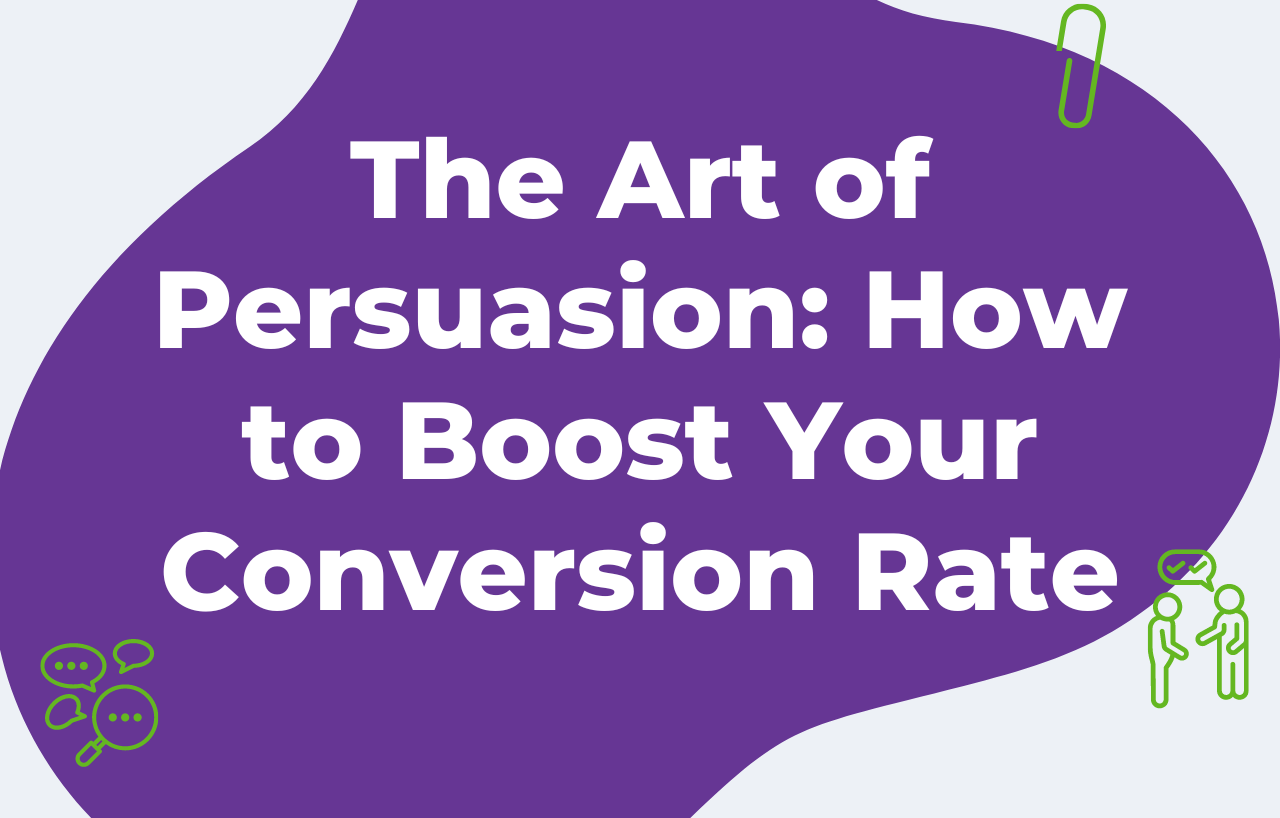Search Engine Optimisation – or SEO – is probably one of those terms you’ve heard thrown around more times than a Labrador’s favourite tennis ball.
You know it’s important. You know you need it. But let’s be honest, making yourself actually sit down and get a handle on SEO is about as appealing as wrangling a cranky cat back into its carrier.
We get it. Running a vet clinic is a full-time job (and then some). With so much on your plate, it’s easy for SEO to slip way down your list of priorities. But – and you probably know what we’re about to say – SEO is an important part of your clinic’s success.
But if you’re here, we’re guessing you’re ready to give this whole SEO thing a whirl. So, stick with us for a few minutes, and we promise you’ll walk away with a much clearer understanding of SEO – no marketing degree needed!
So, what is SEO, why does it matter for your practice, and – most importantly – how can you actually start using it without wanting to pull your hair out? Keep reading for all the answers you need!
What is SEO (and why is it important for your veterinary practice)?
You know those businesses that seem to magically appear at the top of Google Search results, like ripe fruit ready for the picking? Well, there’s a reason they’re sitting pretty in that prime position. Yep, it’s all thanks to SEO.
Basically, SEO is what makes certain websites more visible on Search Engine Results Pages (SERPS).
Okay…but how does it achieve that?
SEO is a mix of things, really. Think keywords, great content, a fast website, and high-quality backlinks – all working together to help your site to kick some serious search engine butt!
But is high ranking really that important for a vet practice?
In short – yes! Studies show that 91.5% of Google searchers never go beyond the first page of SERPS in their quest to find whatever it is they’re after. So, if you’re not ranking in the first page of Google (or other search engines) there’s a very real risk of missing out on a lot of potential four-legged patients.
But SEO makes sure that when pet parents search for things like “best vet near me” or “dog vets in [your location]”, your clinic is right where it belongs – front and centre!
How to create a veterinary SEO strategy that delivers amazing results
If you want your content to really shine and bring in the right clients, you’ll need to do more than update your content.
You’ll need a solid SEO strategy to help you stand out, rank higher, and make sure pet parents actually find you online.
It might seem like a lot of work up front, but the new clients you’ll get knocking on your door are more than worth it!
So, how do you create an SEO strategy that works like a charm?

Carry out some keyword research
If there’s one word that goes hand in hand with SEO, it’s keywords. These are the words and phrases your potential customers type into search engines when looking for a vet or pet-related services.
Finding the right keywords (and working them into your content naturally) helps Google and other search engines understand who you are and what you do. And when they understand this, they’ll show your website to the pet parents searching for exactly what you offer.
To find the best keywords for your clinic, you’ll need to do a little digging with keyword research tools. There are plenty out there, but here are some top picks to consider:
- Google Keyword Planner
- SE Ranking
- Ubersuggest
- Ahrefs
- SEMRush
Oh – and make sure you avoid keyword stuffing like a dog’s muddy paw! Cramming too many keywords into your content will make it sound unnatural, and Google isn’t a fan of that. In fact, it catches on pretty quickly and will punish your content by pushing it way down the search results (harsh, we know!).
The trick is to use keywords naturally and in the right places. Think headings, page titles, meta descriptions, and throughout your copy in a way that feels organic. Using every keyword once or twice is the perfect amount.
Optimise page load speed

Picture this: A pet parent is anxious to get in touch with a vet because their Jack Russell Ziggy won’t stop chewing grass. They click on your veterinary website and wait. And wait. And…ugh, they give up and click on the veterinary clinic down the street instead. They need answers about Ziggy now.
The moral of the story? Page speed matters. A lot. In fact, if your site takes longer than 3 seconds to load, 53% of visitors will bounce faster than Ziggy when he spots a squirrel.
And it’s not just pet parents who’ll be peeved! Google takes note and pushes slow-loading sites down the search rankings (just like with keywords stuffing!).
So, how do you make sure your website stays speedy?
- Choose a fast hosting provider: Your hosting provider is kind of like the engine powering your website. Pick a slow one, and you’re stuck in the slow lane. But pick a speedy, reliable partner, and your site will run like a dream.
- Compress your images: Large, high-res images slow your site down. But handy tools like TinyPNG or ImageOptim let you shrink image file sizes without sacrificing their quality.
- Turn on browser caching: This stores parts of your site on visitors’ own devices so pages don’t have to reload from scratch if they come back, making return visits smooth and seamless.
- Clean up your code: Minimise CSS, JavaScript, and HTML to keep your site clean and fast. Remember, a cluttered site is a slow site!
- Ditch slow plugins and widgets: Audit and remove the plugins and widgets that no longer serve your website to keep it running as fast as it possibly can.
Fast load speeds keep your visitors on your website for longer – and search engines will take notice, rewarding faster sites with higher rankings.
Content marketing
Now that your website is up to speed (literally!), it’s time to look at what’s on it – aka your content.
Content marketing plays a starring role in SEO. Google prioritises helpful, relevant content, so you’ll want yours to be informative, engaging, and sprinkled with the right keywords (remember – use them naturally).
Think detailed service pages, FAQs, client success stories, and an engaging “About Us” page – all working together to promote your vet practice to the right audience.

And don’t overlook the power of an SEO-optimised blog! A well-written blog helps attract pet parents by answering their most common questions. For example: “Why does my cat keep licking his paws?” or “Why is my dog eating grass?” (Ziggy’s family would have definitely appreciated that one!).
By creating helpful, keyword-rich content, you’re not just improving your SEO; you’re building trust and guiding pet owners straight to your clinic’s doors, too. We think that’s what they call a win-win!
Local SEO
Local SEO is exactly what it sounds like – helping pet owners in your area find you. Because let’s be real: no one’s road-tripping their sick rabbit cross-country to your clinic (no matter how talented you are).
Pet parents want a trusted, local clinic – and that’s you! Local SEO is how you make sure they find you before the other vets in town.
So, how do you own your local search results?
- Claim your Google Business Profile: Add your hours, services, and photos, and keep them updated regularly. This shows Google (and pet parents in your area) that your clinic is active, trustworthy, and ready to help!
- Share 5-star reviews: Happy clients? Ask them to share their positive experiences on Google reviews! The more 5-star reviews you get, the better your rankings in Google’s local search results will be.
- Use location-based keywords: Sprinkle phrases like “veterinary practice in [your location]” or “emergency veterinarians in [your location]” into your content, so Google knows exactly where you’re at.
- Get listed everywhere you can: Yelp, local online directories, pet care sites – the more places you appear, the easier you are to find.
While it might feel great to get a billion nationwide clicks, it’s the local ones that’ll actually turn into veterinary clients. Show up for them with local SEO!
Keep it mobile-friendly
Here’s something to chew on: 76% of people that do local searches on a smartphone or mobile device will visit a physical place in the next 24 hours.
That’s a lot of potential pet parents heading straight to your clinic! If that doesn’t convince you that having a mobile-friendly site is crucial, we don’t know what will.
Here are a few simple steps you can follow to get your site optimised for mobile:
- Responsive design: Make sure your site adjusts to any screen size – phone, tablet, or desktop. This super smooth experience will impress your visitors (and Google!).
- Easy navigation: Keep your menus simple, use clear labels, and make buttons big enough to not be missed. Remember, on mobile, space is limited, and people are usually in more of a hurry to find what they need.
- Avoid pop-ups: Pop-ups on mobile? They’re the digital equivalent of a fly buzzing around your ear in the middle of the night. But…if they’re an absolute must for you, make sure they don’t pop up immediately when someone lands on your page. Give visitors a chance to breathe first, and make it easy to dismiss the pop-up if they want to keep browsing.
A mobile-friendly site is more than looking good on smaller screens – it’s a powerful part of veterinary SEO, bringing more local pet parents into your practice.

Get powerful backlinks
A backlink is simply when another website links to your content. Think of it as a vote of confidence – another business saying, “Yep, trust us, this content is legit!” When reputable sites link back to your clinic, Google takes notice and boosts your rankings in search results.
And we know what you’re thinking: “This all sounds great, but how do I actually get these oh-so-precious backlinks?”
Well, there are 2 ways you can go about it:
- Organic backlinks: These happen naturally when you create high-quality content like blog posts, guides, or helpful resources. If your content is valuable (and visible), other websites will want to link to it for that reason alone.
- Non-organic backlinks: You can also partner with local pet businesses, pet bloggers, or community organisations to get your clinic featured. Just make sure they’re all credible before committing to a partnership!
And viola! there you have it – your complete guide to SEO for veterinarians and how to claim your prime spot in search engine ranking.
If you’re on the hunt for expert wordsmiths who know how to craft optimised content, you’re in the right place!
The Content Lab crew eats, sleeps, and breathes great content, and we’d love to lend you a hand with yours. Blog posts, website copy, eBooks, landing pages, you name it – we’ll create engaging content that search engines simply adore.
And getting started is easy – simply reach out to our Head Content Strategist and Founder Abby.
Other Posts
 Content Marketing
Content Marketing The Big, Beautiful List Of 48 Bakery Content Ideas
 Content Marketing
Content Marketing The Art Of The Sentence: How To Vary Sentence Structure To Craft Dynamic Copy
 Content Strategy 101
Content Strategy 101 

